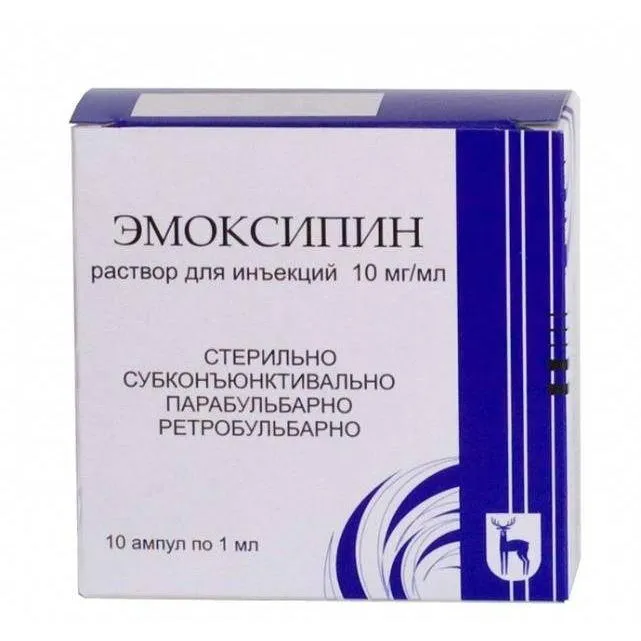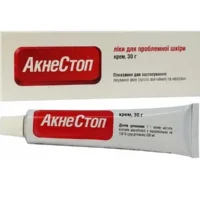Description
Emoxipin (Methylethylpiridinol Hydrochloride) Solution for Injections 1% Ampoules 1 ml. №10
Ingredients:
Each 1 ml ampoule contains 10 mg of Methylethylpiridinol Hydrochloride.
Mechanism of Action:
Emoxipin, a solution containing Methylethylpiridinol Hydrochloride, exerts its clinical effects through its antioxidant and anti-inflammatory properties. It improves microcirculation in the eye and protects against oxidative stress, contributing to the management of eye disorders.
Pharmacological Properties:
Emoxipin’s pharmacological properties are attributed to its ability to scavenge free radicals, reduce inflammation, and enhance blood flow in ocular tissues. These actions help in maintaining retinal health and function.
Indications for Use:
Emoxipin is indicated for the treatment of various eye disorders, including but not limited to diabetic retinopathy, glaucoma, and cataracts. It is prescribed to manage conditions where oxidative stress and impaired microcirculation play a significant role.
Contraindications:
Emoxipin should not be used by individuals with known hypersensitivity to Methylethylpiridinol Hydrochloride or any other components of the solution. Patients with a history of allergic reactions to similar compounds should exercise caution.
Side Effects:
While Emoxipin is generally well-tolerated, some individuals may experience mild side effects such as local irritation at the injection site or transient discomfort. Serious adverse reactions are rare but should be promptly reported to a healthcare provider.
Usage Instructions:
The recommended dosage of Emoxipin is 1-2 ampoules per day, administered via intramuscular or intravenous injection as directed by a healthcare professional. It is crucial to adhere to the prescribed dosage and not exceed the recommended amount.
Benefits Compared to Analogues:
Emoxipin stands out from other treatments due to its dual action of antioxidant and anti-inflammatory effects specifically targeted at ocular tissues. Its ability to improve microcirculation and combat oxidative stress sets it apart in the management of eye disorders.
Suitable Patient Groups:
Emoxipin is suitable for a wide range of patient groups, including adults, elderly individuals, and individuals with specific eye conditions like diabetic retinopathy. However, dosing adjustments may be necessary for pediatric patients or those with underlying health issues.
Storage and Shelf Life:
Store Emoxipin in a cool, dry place away from direct sunlight. Ensure proper sealing of the ampoules to prevent contamination. Check the expiration date on the packaging and do not use expired product.
Packaging Description:
Emoxipin is available in ampoules containing 1 ml of the solution. Each package contains 10 ampoules for single-use administration. The packaging is designed to maintain the sterility and integrity of the product until opened.





